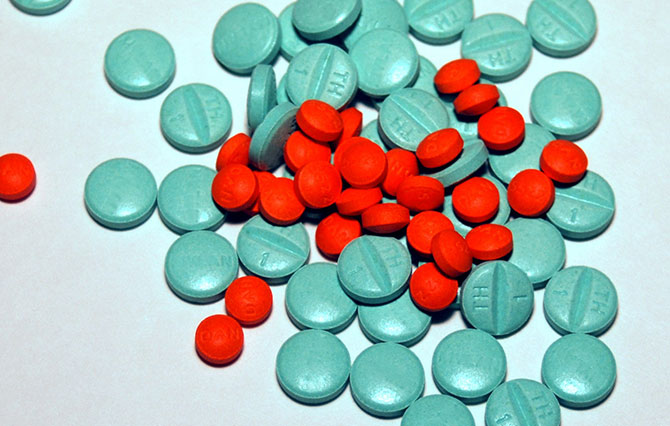
How to avoid going broke on prescription drugs
At the most basic level, a “formulary” is a list of medicines that are covered by your medical insurance. So why are some standard medications still so expensive? Here’s a behind-the-scenes look at what’s really going on, and what you can do to save.
Pharmaceutical companies make money by selling drugs. And the best way to do that is to be featured on insurance carriers’ formularies. Think about it … drugs on a formulary are promoted to all of the carrier’s members. That’s a lot of potential customers. And you have an incentive to buy formulary drugs over drugs that didn’t make the list because your health insurance helps pay for them.
The actual price of the drugs depends on how they’re classified. When a new drug is developed, companies can charge a lot more for it because there’s a patent that prevents others from copying it, which means there’s no competition. These are known as “brand name” drugs. Once the patent expires, other companies can create cheaper versions, called “generics.” Both have the same active ingredients and meet the exact same standards—generics just cost less because there are lower development costs and advertising expenses to cover.
So how do you pay as little as possible for the medications you need? Follow these two simple rules to save the most money:
Rule #1: Always ask your doctor to prescribe something that’s on your plan’s formulary.
Most formularies are similar across carriers and include a lot of the same drugs. But carriers and their pharmacy benefit managers can cut deals with pharmaceutical companies to get better pricing, volume discounts, etc. The negotiations could affect which drugs are featured on your formulary and how much they cost you. So scope out your formulary (you can find it on your insurance carrier’s website) and talk to your doctor about it. You may pay full price ($$$!) for drugs that aren’t on the formulary.
Rule #2: Ask for the lowest-cost option.
Be your own advocate by asking your doctor for the cheapest medicine, which is usually a generic. You may pay a penalty if you choose a brand name when an identical generic is available. If there isn’t an identical generic, ask about other generic alternatives.
If there’s no generic at all, then a preferred brand name on the formulary is your best option to hold down costs.
© 2025 Aon plc. All rights reserved.